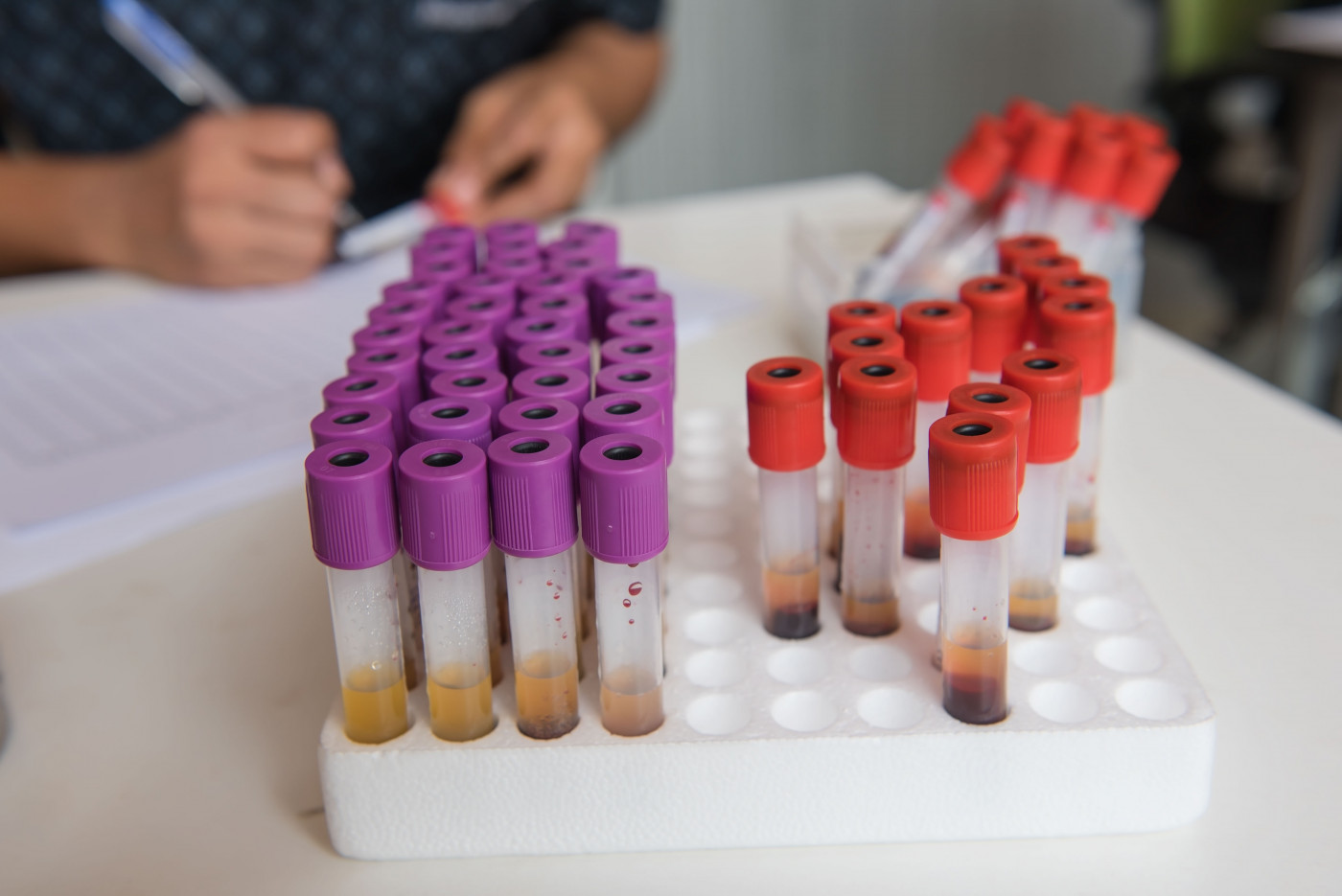Subgroup of Active T-cells Linked to Worse Disease in Sarcoidosis, Study Reports

The lungs of patients with sarcoidosis are burdened with a more active subset of immune T-cells, called mucosal-associated invariant T (MAIT) cells, a study reports.
The activity of these MAIT cells correlates with worse disease, supporting their potential as therapeutic targets, the researchers said.
The study, “Activation of mucosal-association invariant T cells in the lungs of sarcoidosis patients,” was published in the journal Nature Scientific Reports.
In sarcoidosis, the overactivation of the immune system causes small clumps of inflammatory cells known as granulomas to form in different tissues and organs, potentially disrupting their function.
Previous research has shed light on the types of immune cells and cytokines, or signaling molecules, involved in the immune response that leads to granuloma formation, including immune T-cells.
Innate T-cells, a subset of T-cells that respond very rapidly upon activation, are present in several tissues, and include both invariant natural killer T (iNKT) cells and MAIT cells. iNKT cells have been linked previously with sarcoidosis.
Now, researchers in Japan looked at the role of MAIT cells in sarcoidosis, and whether their activation can serve as a potential biomarker for disease activity.
MAIT cells are thought to be involved in antimicrobial immunity — since these cells quickly produce cytokines when activated by specific microbial molecules — and have been implicated in autoimmune diseases.
In fact, researchers found that MAIT cells from sarcoidosis patients were activated by Cutibacterium acnes, “the only microorganism that has been isolated in bacterial cultures of sarcoidosis granulomas.” This supports a role for MAIT cells in sarcoidosis.
The investigators then measured the number of MAIT cells and the levels of specific proteins at the cells’ surface in blood and bronchoalveolar lavage fluid (or BALF, a small sample of the fluid present in the lungs) of 40 sarcoidosis patients (mean age of 57 years), and 28 healthy controls (mean age of 54 years).
In the blood, the proportion of MAIT cells was lower in sarcoidosis patients (1.03%) compared with healthy controls (2.51%). The proportion of iNKT cells showed no difference.
However, despite the lower levels, MAIT cells were found to be more active in sarcoidosis patients, as indicated by the higher levels of CD69 and programmed death 1 markers. The levels of other activation markers, including TIM-3 and LAG-3, showed no significant differences between both groups.
Next, the team tested the association between MAIT cell activity — as indicated by the levels of the activation marker CD69 — and disease activity.
The levels of serum angiotensin-converting enzyme (ACE) and soluble interleukin-2 receptor (sIL-2R) are currently used as clinical markers to evaluate disease activity in sarcoidosis. When researchers analyzed their correlation with CD69, they found that it significantly correlated with both ACE and sIL-2R levels.
This “suggests that the activity of MAIT cells reflects disease activity,” the researchers said.
Further, the team also found that the levels of IL-18 — a known activator of MAIT cells in other diseases — were higher in people with sarcoidosis than in controls, suggesting that “IL-18 is an activator of MAIT cells in sarcoidosis patients.”
The researchers then analyzed BALF samples of 14 sarcoidosis patients to investigate the role of MAIT cells in the lungs. The absolute number and proportion of MAIT cells were significantly higher in patients at pulmonary stage 2 or greater — where granulomas are present in the lungs — compared with those at pulmonary stage 0-1, in which granulomas are present in the lymph nodes.
The levels of activated MAIT cells also were higher in BALF than in the blood of sarcoidosis patients, indicating that MAIT cells are especially high in inflammatory sites.
Overall, the findings showed that “the proportion of MAIT cells in peripheral blood was lower but more activated in patients with sarcoidosis than in healthy controls,” and that the cells are “strongly activated in lungs of sarcoidosis patients,” the researchers said.
Based on the results, the team suggested that “MAIT cells are a potential target for sarcoidosis treatment.”






